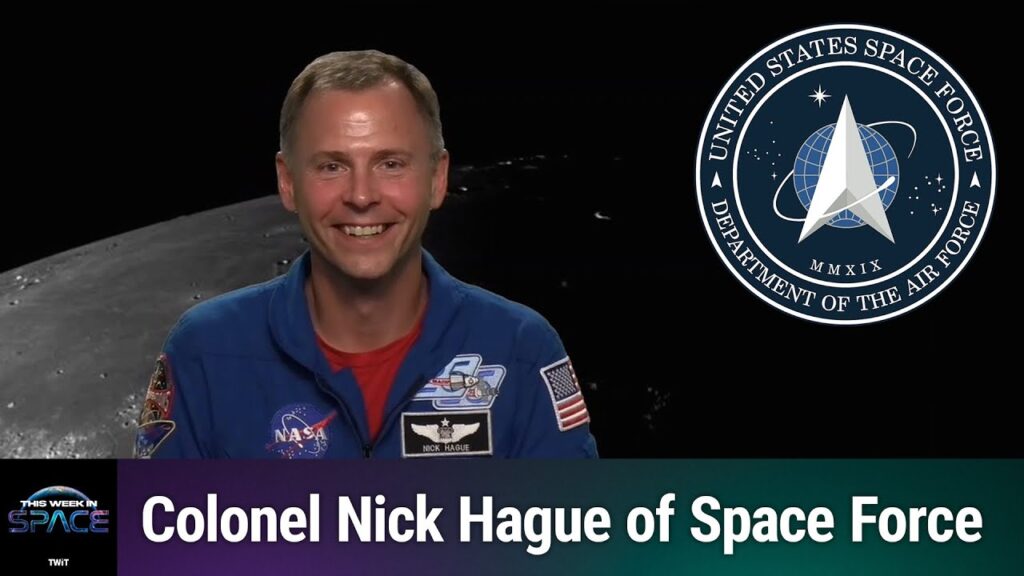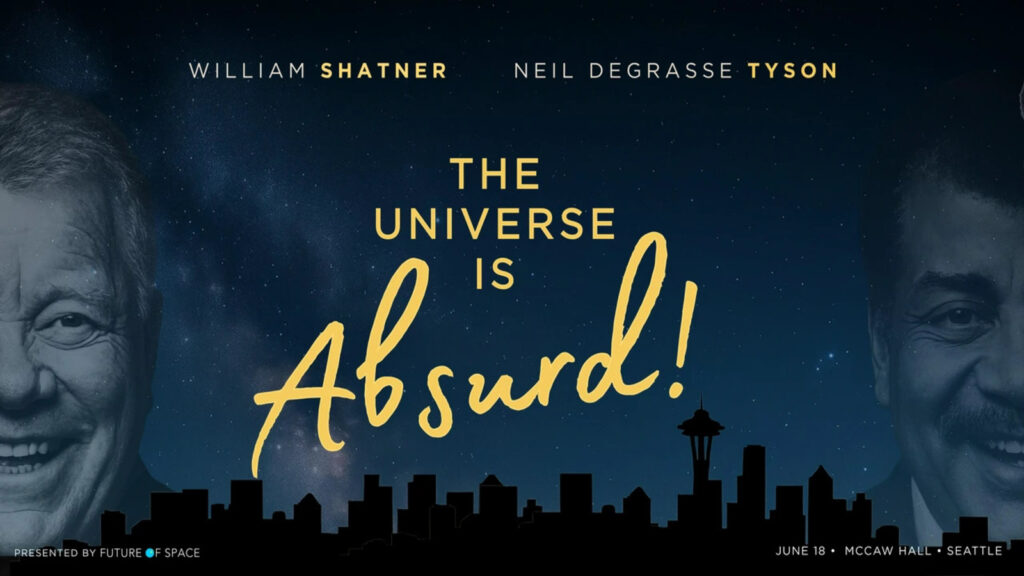NASA is mobilizing the scientific community to ensure the agency’s next big space telescope will be ready to deliver a “big picture” view of the universe almost immediately after launching.
The Nancy Grace Roman Telescope — also known as the Roman Space Telescope, or just Roman — is set to launch in 2027 and will view the cosmos with a staggeringly wide field of view. Its big-picture observations of distant and early galaxies could help scientists solve the mysteries of dark matter and dark energy. Collectively, this so-called dark universe accounts for 95% of the energy and matter in the cosmos, yet the true nature of dark matter and dark energy eludes scientists.
The work of the scientific community could help Roman’s operators deal with the deluge of data it delivers when it opens its eyes to tackle these mysteries and hunt for planets outside the solar system. By supporting the existing infrastructure calibrating Roman, this effort will maximize the scientific potential of the instrument, which began as the Wide Field Infrared Survey Telescope before being renamed in honor of Nancy Grace Roman, NASA’s first chief astronomer.
“We’re harnessing the science community at large to lay a foundation, so when we get to launch, we’ll be able to do powerful science right out of the gate,’ Julie McEnery, a senior project scientist for the Roman Space Telescope at NASA’s Goddard Space Flight Center in Greenbelt, Maryland, said in a statement. “There’s a lot of exciting work to do and many different ways for scientists to get involved.”
Related: Euclid ‘dark universe’ telescope reveals its 1st sparkling images of the cosmos (photos)
Roman’s view of the cosmos is so vast that the telescope will collect tremendous amounts of raw data consisting of trillions of individual measurements of stars and galaxies over the course of its five-year primary mission. Therefore, a fast and efficient way to identify patterns in this data will be crucial.
Simulations are currently being performed that will test machine-learning algorithms’ ability to spot various cosmic phenomena and thus identify these patterns.
‘The preparatory work is complex, partly because everything Roman will do is quite interconnected,” McEnery said. “Each observation is going to be used by multiple teams for very different science cases, so we’re creating an environment that makes it as easy as possible for scientists to collaborate.”
Roman telescope team-ups
Several other telescopes — including the Hubble Space Telescope, the James Webb Space Telescope (JWST), the Keck Observatory in Hawaii and Japan’s Prime-focus Infrared Microlensing Experiment (PRIME) — are also helping to prepare for Roman’s science operations. These telescopes will develop an observing plan for Roman, including selecting prime targets and regions of exploration.
Roman’s collaboration with other telescopes won’t end when it begins operations. For example, the space telescope will team with PRIME, located at the South African Astronomical Observatory, to study objects found using gravitational lensing, the warping of space and time by massive objects such as galaxies and star clusters — an effect first predicted by Albert Einstein.

To study ancient galaxies, Roman will also collaborate with Hubble to stare back in time by receiving light that has been traveling through the universe for billions of years. This should assist astronomers in building a more complete picture of cosmic history and the evolution of the universe. It may even help them determine the role of dark energy — which accelerates the ongoing expansion of the universe, pushing galaxies apart faster and faster — in this evolution.
Roman will also work with JWST. While Roman will have a much wider view of the cosmos, it won’t be able to see as deep into the universe, or in the same level of detail, as JWST. That means Roman will function brilliantly for selecting astronomical targets that astronomers can follow up on with the JWST, zooming in on them in detail.

Related Stories:
“Scientists can take something Roman will explore, like wispy streams of stars that extend far beyond the apparent edges of many galaxies, and consider all of the things needed to study them really well,” Dominic Benford, a Roman program scientist at NASA headquarters, said in the statement. “That could include algorithms for dim objects, developing ways to measure star positions very precisely, understanding how detector effects could influence the observations and knowing how to correct for them, coming up with the most effective strategy to image stellar streams and much more.”
Other groups of scientists are gathering the preparatory data and encouraging the astronomical community to develop a detailed observation plan.
“The team is looking forward to coordinating and funneling all the preliminary work,” McEnery said. “It’s a challenging but also exciting opportunity to set the stage for Roman and ensure each of its future observations will contribute to a wealth of scientific discoveries.”


